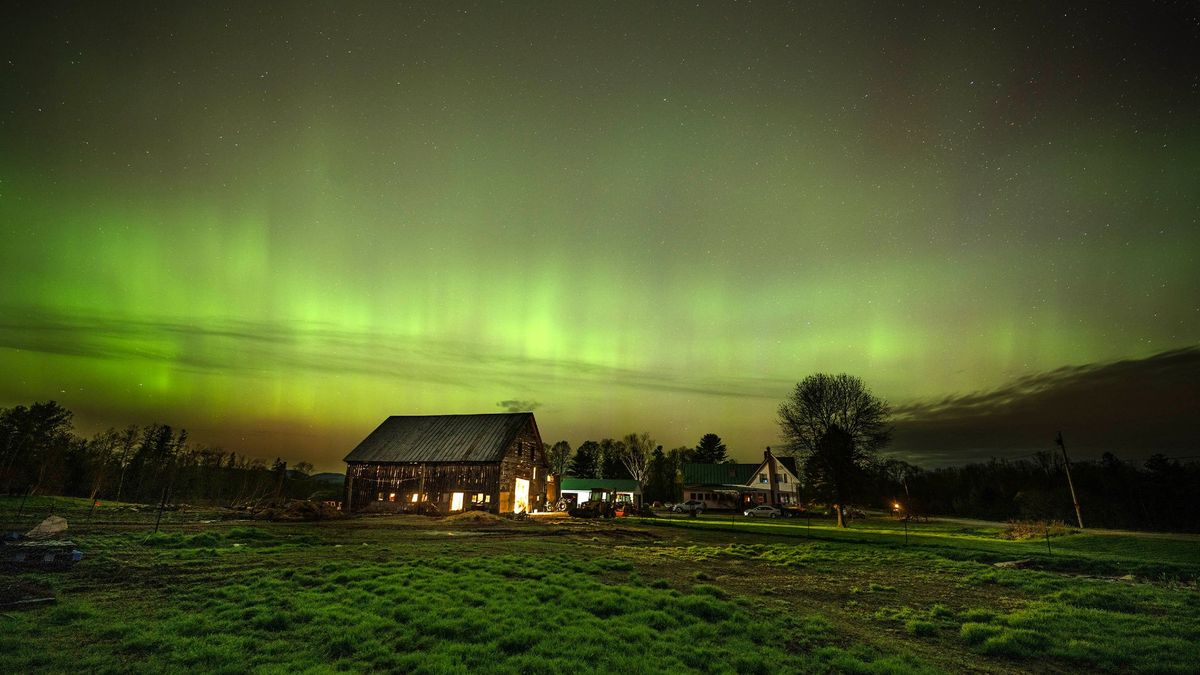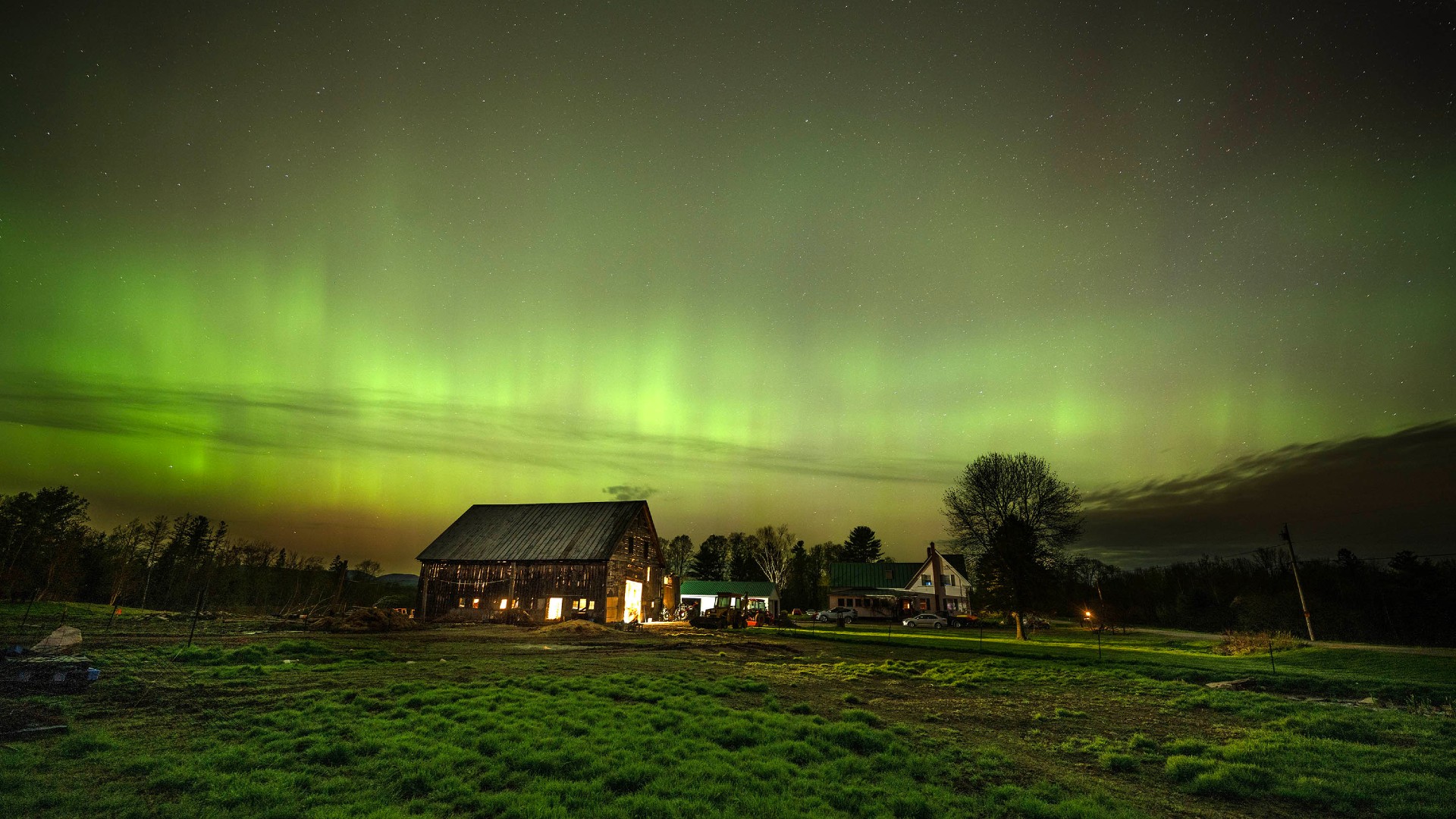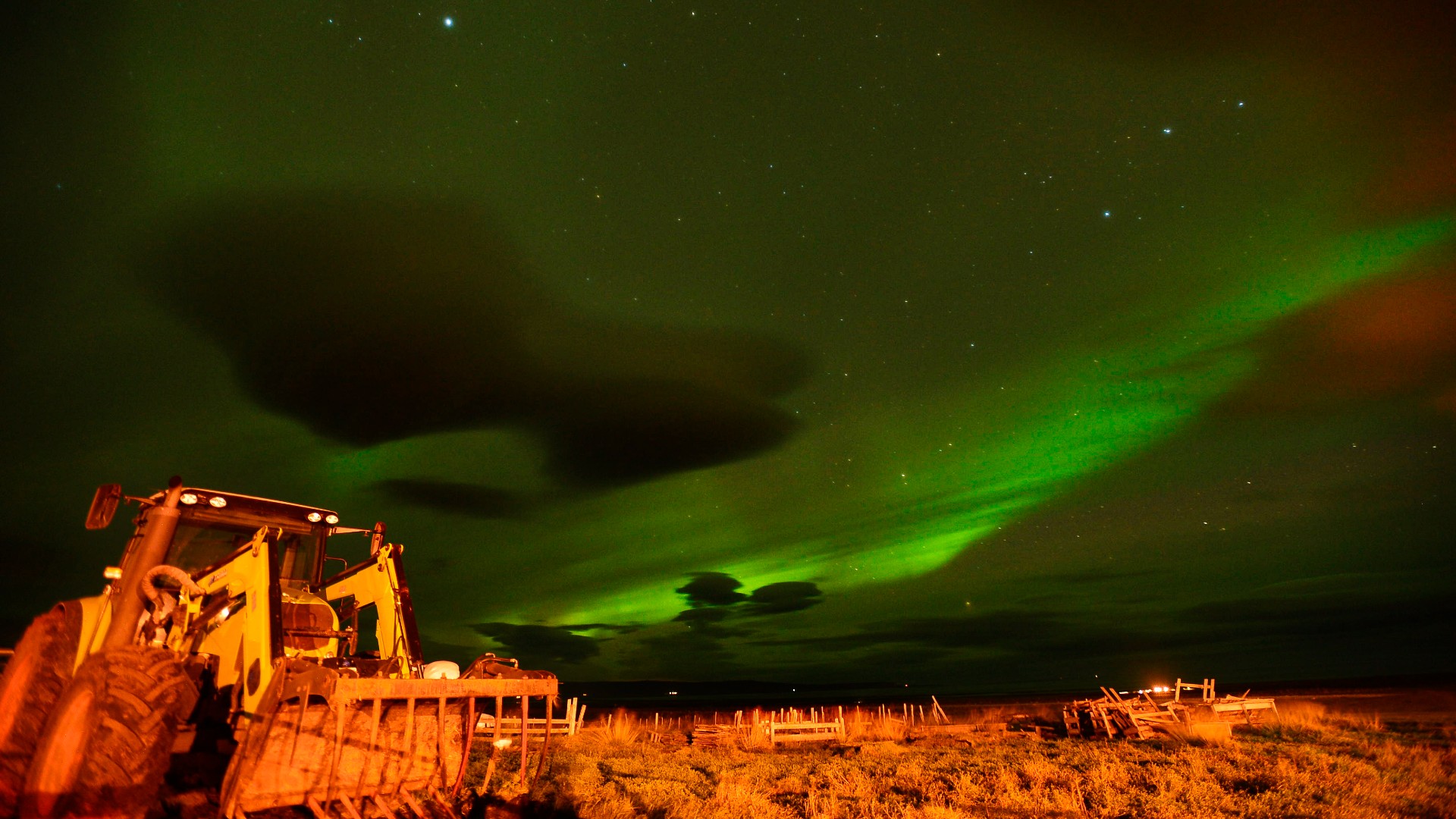Now Reading: One Year After Major Solar Storm: Key Lessons and Global Auroras Revisited
-
01
One Year After Major Solar Storm: Key Lessons and Global Auroras Revisited
One Year After Major Solar Storm: Key Lessons and Global Auroras Revisited

### Rapid Summary
– The may 2024 solar storm, known as the Gannon storm or Mother’s Day solar storm, was one of the strongest ever recorded this century.
– A sunspot group 17 times wider than Earth’s diameter triggered eight coronal mass ejections (CMEs), resulting in extreme geomagnetic storm (G5) conditions.
– Breathtaking northern lights were visible across regions uncommonly able to witness them, generating widespread interest and social media coverage.
– NOAA’s Space Weather Prediction Center provided early warnings that allowed power grid operators and other industries to mitigate severe infrastructure damage.
– While the electricity grid remained largely resilient due to past investments in hardening infrastructure, the agriculture sector faced important disruptions. GPS-guided farming tools experienced outages during planting season, affecting crop yields.- Scientists underscored the importance of educating the public about space weather’s impact and preparing for potential future storms with even greater magnitude.



—
### Indian Opinion Analysis
The Gannon solar storm serves as an important reminder of how dependent modern infrastructure is on predictability and preparedness against natural phenomena. India’s growing reliance on precision agriculture systems powered by GNSS technology highlights similar vulnerabilities seen globally during this event. Disruptions caused by such storms underline the need for investment in robust technology solutions across sectors like farming, energy grids, communication networks, and satellites.
For India-a nation heavily reliant on its agricultural economy-the lessons learned from global response strategies showcase an prospect to bolster resilience against GPS disruptions through alternative methods or redundancies. Additionally, leveraging platforms for public education could prepare citizens better for events that may unpredictably affect daily life or essential services.
As India expands its space exploration program via ISRO, deeper involvement in space weather research could enhance predictive capabilities while contributing meaningfully to international scientific discourse about mitigating risks related to extreme solar activity.
[Read More](https://www.space.com/astronomy/sun/its-been-one-year-since-the-most-intense-solar-storm-in-decades-created-worldwide-auroras-what-have-we-learned)

























